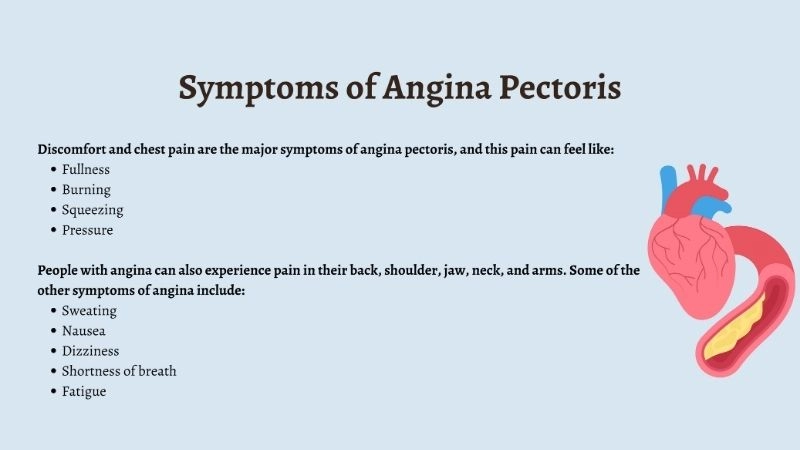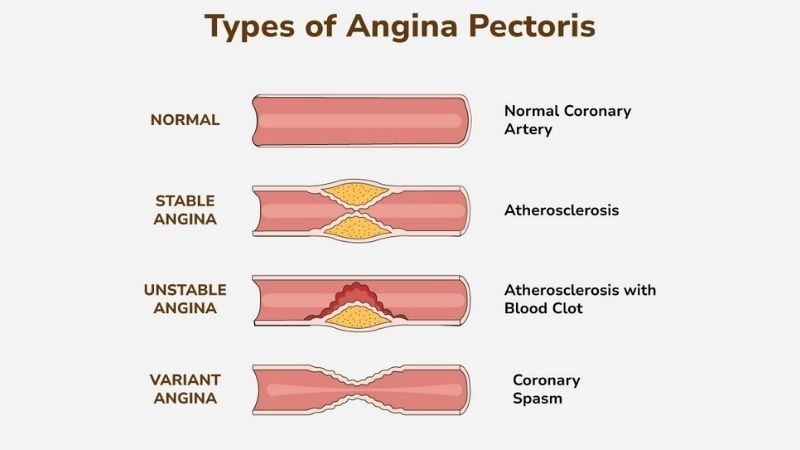Angina Pectoris (Stable & Unstable) affects heart blood flow. Recognizing symptoms early, and choosing proper treatment, can greatly reduce dangerous risks.
What are the main causes of Angina Pectoris Stable & Unstable?
- Coronary artery disease is the leading cause of angina, where plaque buildup restricts blood flow and oxygen to the heart muscles, triggering chest discomfort.
- High blood pressure increases the heart's workload and damages arteries over time, making patients more susceptible to both stable and unstable angina.
- Lifestyle factors such as smoking, obesity, and a sedentary routine contribute significantly to artery narrowing, raising the risk of angina episodes.

Silent chest pain signs of angina pectoris
>>> Understand more about: Coronary Artery Disease (CAD) overview symptoms prognosis
Key symptoms of Angina Pectoris Stable & Unstable to watch for
- Chest pain or tightness is the hallmark symptom, often triggered by physical exertion or emotional stress and may radiate to the arms, neck, jaw, or back.
- Shortness of breath occurs when the heart struggles to pump efficiently, especially during activities, signaling reduced oxygen supply to cardiac tissues.
- Nausea, sweating, and dizziness can accompany angina attacks, particularly in unstable cases, indicating a higher risk for a heart attack.
How can you prevent Angina Pectoris Stable & Unstable effectively?
- Maintain a heart-healthy diet rich in fruits, vegetables, whole grains, and lean proteins while limiting saturated fats and processed foods.
- Engage in regular physical activity, such as walking, swimming, or cycling, to improve circulation and strengthen the cardiovascular system.
- Manage stress through relaxation techniques, adequate sleep, and mindfulness practices to reduce triggers for angina episodes.

Hidden truths inside angina pectoris disease
>>> Understand more about: Atherosclerosis symptoms diagnosis and effective care
Images visual examples of Angina Pectoris Stable & Unstable
Angina Pectoris, both stable and unstable, occurs when the heart muscle does not receive enough oxygen due to narrowed arteries. Images typically depict chest discomfort, ECG changes, or blood vessel blockages to highlight the condition’s clinical features.







>>> Understand more about: Athlete's heart complications diagnosis and prognosis
Angina Pectoris (Stable & Unstable) requires timely diagnosis. With proper treatment and lifestyle changes, patients can lower risks and protect heart health.




